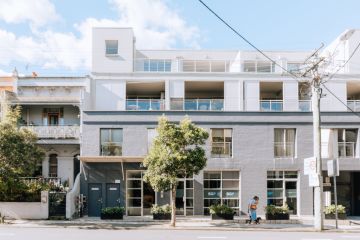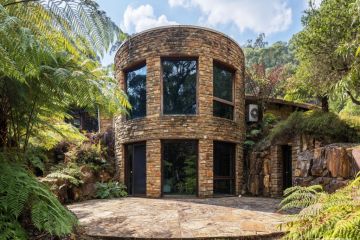Expert tips to ensure your home never goes out of style

Decorating is not an easy process, even for the most qualified experts. A great interior requires materials that are in line with the space’s architecture. It requires objects that reflect the owner’s character but also pieces that are timeless and scaled proportionally. It also needs to strike the right balance between traditional and modern. But above all, it requires a story – one that will dictate every design decision that needs to be made for the space. This is what interior designer Patrick Sutton writes about in his new book, Storied Interiors.
Ahead, he runs us through the things he’s learned through his many years of experiences and the mistakes to avoid at all costs when decorating a space.
Tell a story
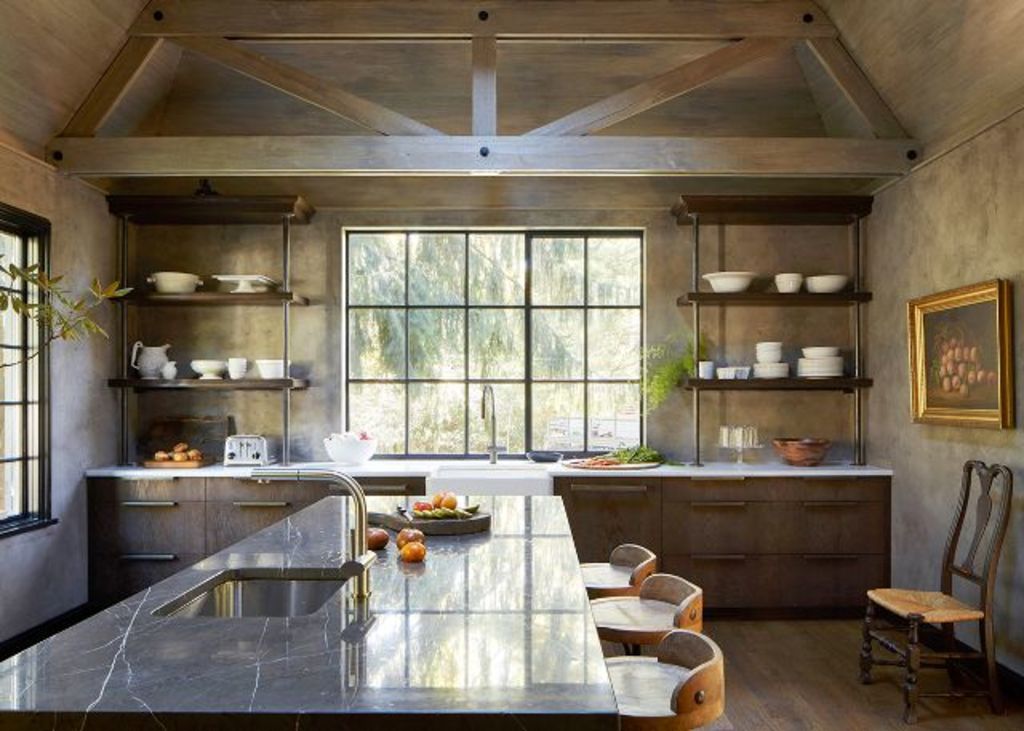
A good interior is one that tells the story of its owners through time and space. In order to create an interior that’s both timeless and meets his clients’ needs, Sutton explains it’s crucial to start by getting the story right from the start. “We do a deep dive in understanding their hopes, dreams, and aspirations and then do the same with exploring the location we are working in,” he says. “Since our work is so story-driven, we need to get that part right before we do anything.”
Understand your needs
“It’s like dating,” says Sutton. “I ask questions designed to tell me more about the client. Like, ‘What are some of your favourite trips you have taken, and why do you like them? What makes you happy? Do you cook? Who inspires you?’ Based on the answers, I get, I dig deeper into detail. Are you a light, bright happy person, or do you prefer cozy, warm and masculine spaces?” Each of these intimate questions is a way of getting to know his clients on a deeper level – beyond simply their taste in decor – to understand how they want to use the space and what makes them feel at home.
- Related: The coastal home with art at its heart
- Related: All the trends interior designers hate
- Related: Four big kitchen trends for 2019
Use personal objects
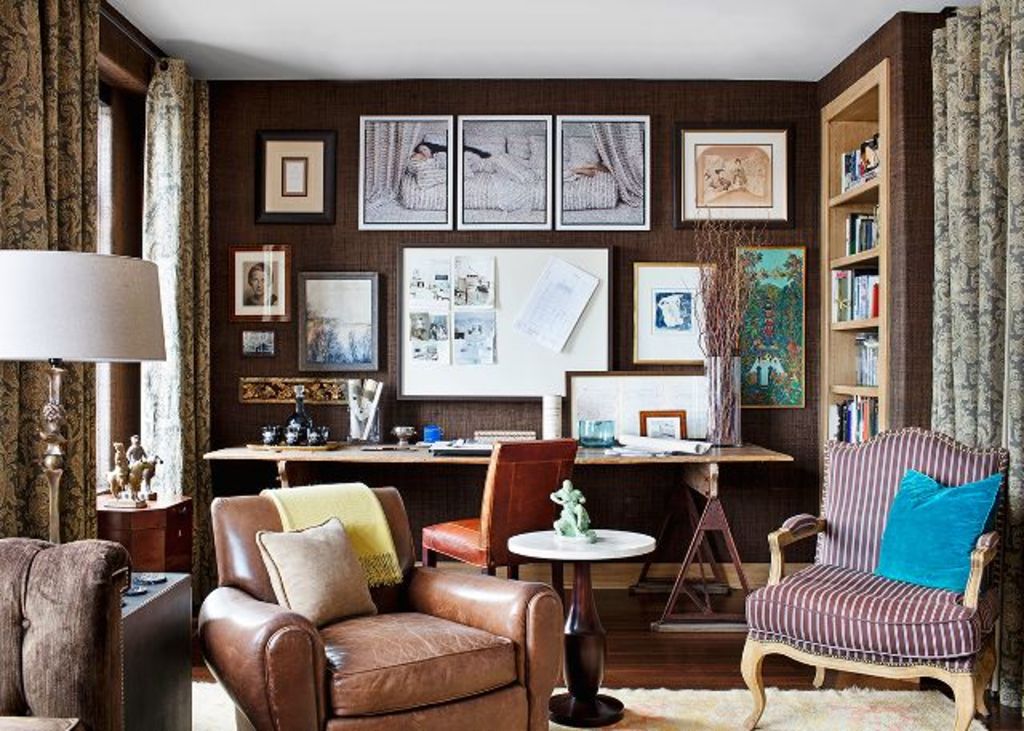
Though many interior designers try to refrain from using clients’ existing objects and items, Sutton embraces the process – all the while ensuring that each piece will be coherent in the story he is trying to tell. “I am very upfront and honest about this subject,” he says. “I am happy to work with their objects because it makes the home more personal and about them, but I’m also clear that it’s my job to tell them if I feel it doesn’t work.”
Mix classic with modern
To Sutton, a timeless interior is all about the tension between modern and traditional. “I love both attitudes, so it’s always been part of my design lexicon,” he says. “I am a big believer that good design reflects who we are as people, and having equal parts familiar and innovative seems to capture that spirit. Classic proportion never goes out of style, but inventive finishes or fixtures adds a bit of edge keeping design fresh and forward-thinking.”
Choose the right materials
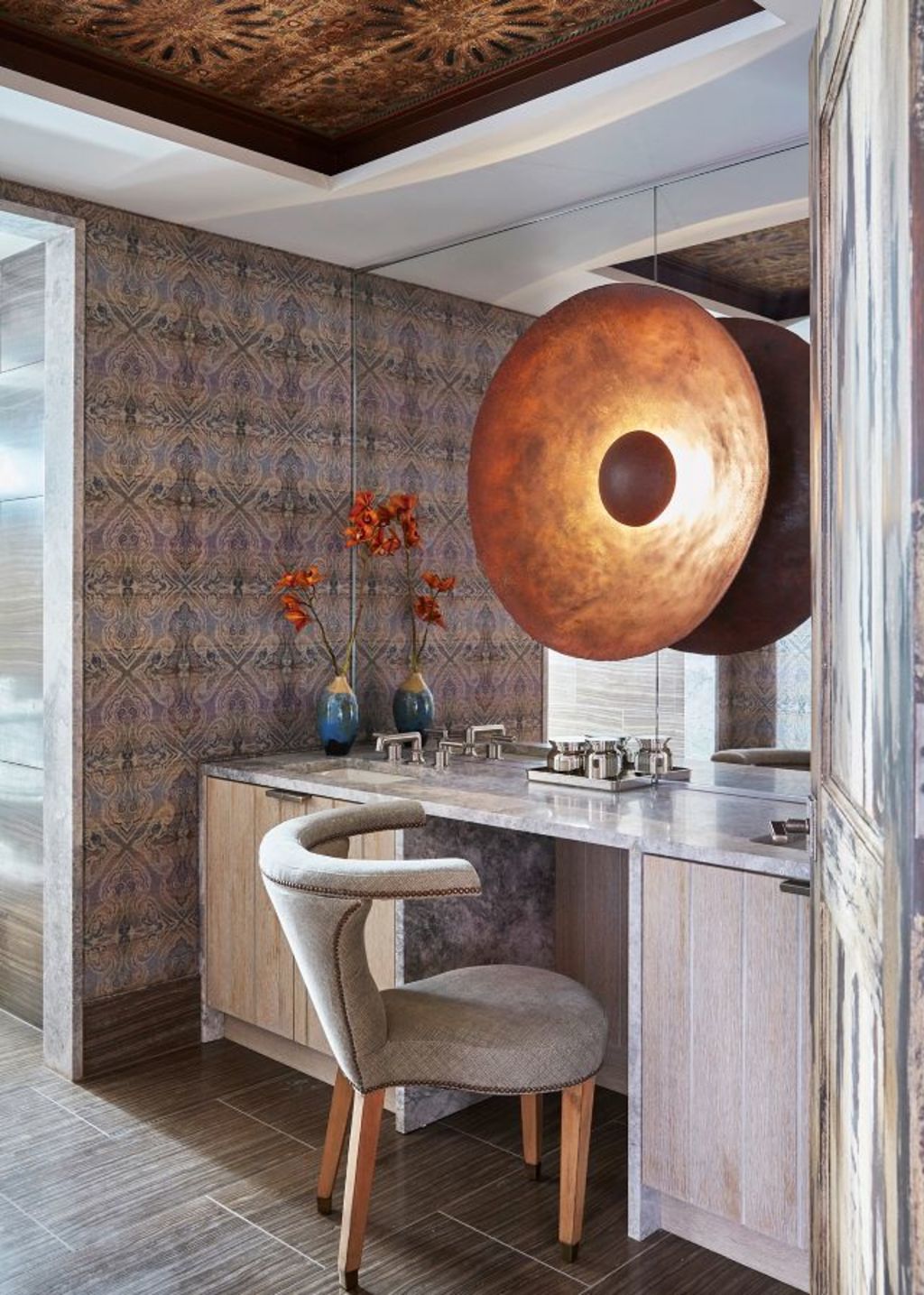
Where renovations are concerned, the designer argues that it’s especially important to pick materials that will stand the test of time. “I prefer real, tactile natural finishes in kitchens because they will wear well over the years rather than overly precious, new products that look horrible with the first sign of wear,” he explains. “Honed marble, cerused woods, unlacquered brass, and brushed limestone floors are some of my favourites.”
Don’t copy others
Interior design is a deeply personal process, and one of the worst mistakes Sutton believes one can make when designing interiors is to be formulaic or trying to replicate something you’ve seen elsewhere. “If you are clear about whom you are designing for and the essence of where you are designing for them, then your approach will fit only them and their location,” he says. “That will make the work timeless. If you make it about you or what you saw some other designers do, well then, the work will be short-lived and fleeting.”
Reinforce your story
For Sutton, a timeless interior starts with a unique storyline where every object works to support the same vision. Similarly, a bad interior often stems from a lack of vision. “Once you are clear on the story, its relevant every detail can be drawn from that perspective,” he says. “The quality and consistency of those details will reinforce the core idea, and you will have no chance but to create an authentic design, suited just to that project. To me, those are the designs that never go out of style because they fit who and where they were designed for.”
– This originally appeared on My Domaine Home.
We recommend
We thought you might like
States
Capital Cities
Capital Cities - Rentals
Popular Areas
Allhomes
More
- © 2025, CoStar Group Inc.

